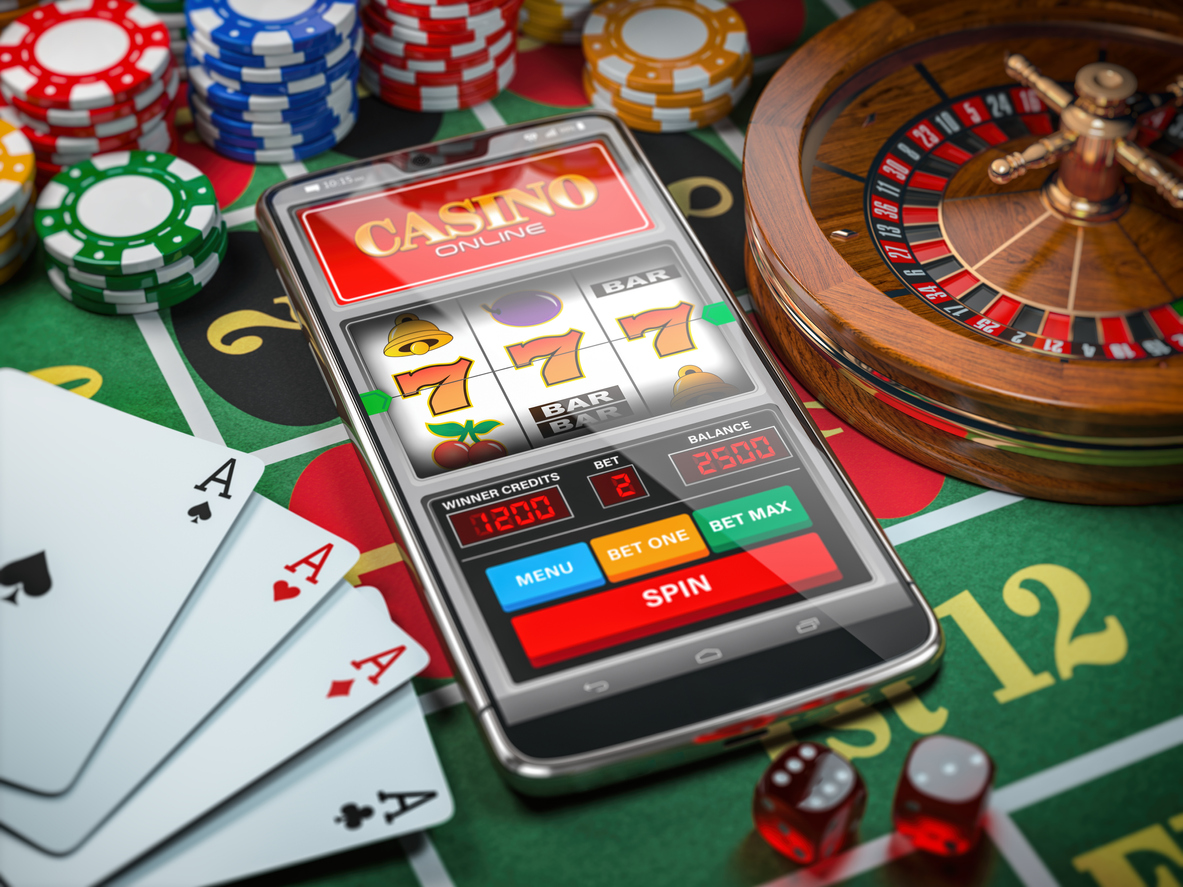
Within the world of casino games, few skills are as essential and enigmatic as the art of bluffing. Honing the skill to persuasively portray a fabricated narrative can be the key between a modest win and a transformational jackpot. Bluffing is not merely about trickery; it involves a profound understanding of people’s minds, strategy, and the dynamics of the tables. Whether you’re playing Texas Hold’em, Omaha, or various other popular versions, the nuances of bluffing can elevate your game and keep your opponents on their toes.
As players convene around the table, the stakes escalate, and the pressure thickens. It is in this charged atmosphere that the true mastery of bluffing emerges. Knowing when to bait a trap, when to fold, and when to execute a calculated bluff requires an keen awareness of both your own hand but also the actions and habits of your opponents. In this journey of the art of bluffing, we will delve into techniques, psychological tactics, and the delicate interplay of risk and reward that define this captivating aspect of casino games.
Comprehending Bluffing Techniques
Bluffing is a fundamental part of the game of poker that can change the outcome of a match in an instant. It entails persuading your rivals that you hold a stronger hand than you really do. The key to successful bluffing is in the nuance of your tactics. A properly performed bluff demands a comprehensive understanding of your opponents’ tendencies and the interactions of the game environment. Knowing when to mislead entails assessing the power of your cards and assessing if the danger is worth the likely reward.
There are numerous techniques implemented by poker enthusiasts to enhance their deceptive tactics. One popular method is the semi-bluff, where a player wagers with a hand that is not at present the best but has the ability to improve. This strategy allows players to add to a pool while still maintaining the option of a powerful set in future hands. Additionally, the ancient adage "timing matters" holds true in poker. Bluffing at the appropriate times, such as when the board presents an bad situation for your rivals, can make your deception significantly believable.
Reading your opponents is an crucial skill for any winning bluffer. Watch for indicators that show whether a gambler is confident or timid. Subtle shifts in posture, betting habits, and reaction times can provide valuable clues. Additionally, grasping the mental aspects of the game facilitates players to modify their tactics. A successful bluff not only relies on the hand in your grip but also on the context you develop throughout the session, encouraging your rivals to challenge their own choices and assessments.
Psychological Aspects Behind Bluffing
Bluffing in the game of poker is fundamentally rooted in the psychology of both the the bluffer and the rival. At its core, bluffing takes advantage of the doubt and anxiety about losing that players experience. Successful bluffers recognize that their opponents are not just reacting to the hand, but also to the perceived confidence and behavior of their rival. By displaying strength through wager amounts and body language, a player can manipulate their opponents into discarding stronger hands, taking advantage of the psychological pressure established in the moment.
Managing emotions is a crucial aspect of successful bluffing. Players must control their own feelings while also reading the reactions of others. A good bluffer stays calm and collected, keeping away from any signs of anxiety or doubt. This emotional stability helps to strengthen the story of strength they are trying to project. Conversely, opponents who detect fear or doubt are more likely to challenge a bluff. Therefore, the ability to maintain composure under pressure is a crucial psychological skill for any successful poker player.
Grasping the opponent’s mindset is equally important in the art of bluffing. Each player brings their own set of beliefs, preferences, and experiences to the table, which can influence their decisions. A keen observer will evaluate their opponents’ playing styles and tendencies, making educated guesses about how they might react to a bluff. By tailoring their strategy based on these observations, bluffers can improve their effectiveness and increase the likelihood of achieving their desired outcome, highlighting the idea that successful poker is as much about the mind as it is about the gameplay.
Examples of Famous Bluffs
A notable of the most famous bluffs in poker history took place during the 1999 World Series of Poker final table involving the legendary Phil Ivey. Facing a formidable opponent, Ivey was holding an unimpressive hand while his rival seemed to have a robust set. With carefully considered confidence, Ivey pushed all his chips into the pot, a move that sent shockwaves through the table. GA179 His opponent, intimidated by the weight of Ivey’s reputation and the sheer force of the bet, ultimately folded, allowing Ivey to claim the pot without having to show his cards. This moment exemplifies how a perfectly timed bluff can leverage psychological pressure to secure victory.
A further example took place at the 2003 World Series of Poker, where amateur player Chris Moneymaker caused a fold from professional player Sam Farha. Moneymaker held a weak hand yet expertly portrayed strength, culminating in a large bet on the river that had Farha doubting his own holding. The tension at the table escalated as Moneymaker kept a calm demeanor, leading Farha to critically evaluate the situation before choosing to fold a superior hand. This pivotal bluff not only marked Moneymaker’s rise to fame but also showed how a novice can outsmart seasoned professionals with the right mix of courage and strategy.
Ultimately, one of the best effective bluffs in tournament history can be credited to Gus Hansen during the 2007 Aussie Millions Poker Championship. Hansen played with aggression, often using his image as a wild player to instill doubt in his opponents’ minds. During a key hand, he found himself with a low pair against an opponent who had displayed previous strength. By placing a massive bet that signaled a strong hand, Hansen compelled his opponent into a tough decision. After a lengthy deliberation, his rival folded, and Hansen revealed his weaker cards, demonstrating how a blend of reputation and strategic bluffing can turn the tide in critical situations.
